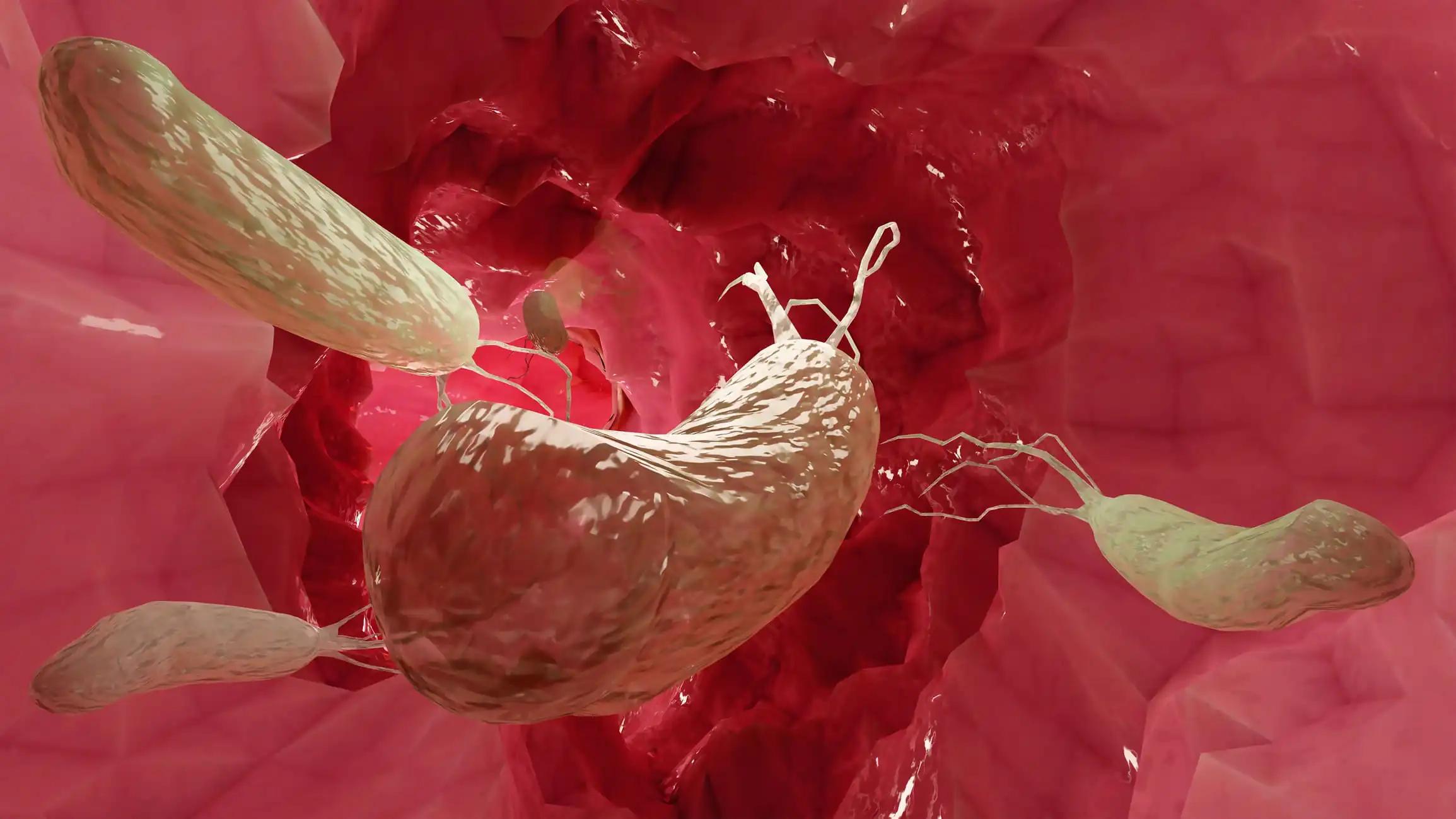KEY TAKEAWAYS
- The trial aimed to assess the prevalence of risk factors for liver fibrosis and associations of serum biomarkers with liver fibrosis in a Houston community clinic.
- The study measured clinical and biochemical markers of liver fibrosis and transient elastrography and tested their associations with advanced fibrosis (≥F2).
- The study found that 10% of pts in this community study had fibrosis, with metabolic syndrome and biomarkers FIB-4 and NFS as significant risk factors. Incorporating biomarkers into clinical algorithms could prevent HCC.
Liver fibrosis can lead to hepatocellular carcinoma (HCC). Risk factors for fibrosis include hepatitis B virus (HBV) infection, hepatitis C virus (HCV) infection, metabolic syndrome, and alcohol use disorder (AUD).
Researchers aimed to assess the prevalence of risk factors for liver fibrosis and associations of serum biomarkers with liver fibrosis in a Houston community clinic.
The study included adult patients (pts) and surveyed about risk factors for liver fibrosis. Vital signs and waist circumference were measured, body mass index (BMI) was calculated, and blood testing was performed. Chronic HBV infection was defined as positivity for hepatitis B surface antigen, chronic HCV infection as detectable HCV RNA, metabolic syndrome as the presence of at least 3 of 4 conditions (hyperglycemia, hypertension, dyslipidemia, and obesity), and AUD as an AUDIT-C score of ≥4 for men and ≥3 for women. Transient elastography was performed to assess for fibrosis, with scores ≥8 kPa indicating ≥F2 fibrosis. Serum biomarkers of fibrosis were defined as Fibrosis-4 (FIB-4) score ≥2.67 (based on ALT, AST, platelets, age); NAFLD Fibrosis Score (NFS) ≥0.675 (based on ALT, AST, platelets, albumin, age, BMI, diabetes); and Fatty Liver Index (FLI) ≥30 (based on triglycerides, gamma-glutamyl transferase, waist circumference, BMI). The study described the prevalence of fibrosis risk factors and tested the associations of risk factors and serum biomarkers with ≥F2 fibrosis using Fisher’s exact test.
The study enrolled 904 pts, consisting of 378 men (42%) and 526 women (58%), with a median age of 48. In terms of racial distribution, 456 pts (51%) were White, 245 (27%) were Asian, and 187 (21%) were Black. Among all pts, 365 (41%) identified as Hispanic. Approximately 42% of pts (n = 377) had a BMI of ≥30. Chronic HBV infection was present in 5% of patients (46/869), chronic HCV infection in < 1% (1/863), metabolic syndrome in 49% (417/849), and AUD in 13% (115/896). Out of the 826 pts who completed transient elastography, 79 (10%) were found to have ≥F2 fibrosis. Metabolic syndrome was significantly associated with ≥F2 fibrosis (OR 2.4, 95% CI1.5-4.1), while chronic HBV infection, HCV infection, and AUD did not display such associations. Serum biomarkers proved to be predictive of ≥F2 fibrosis, with the following odds ratios and 95% CIs: FIB-4 score ≥2.67 (OR 19.1, 95% CI 7.3-50.2); NFS ≥0.675 (OR 12.0, 95% CI 4.2-34.2); and FLI ≥30 (OR 5.9, 95% CI 1.4-25.0). Among patients with metabolic syndrome, FIB-4 score ≥2.67 (OR 22.0, 95% CI 4.3-112.0) and NFS ≥0.675 (OR 11.9, 95% CI 2.8-51.4) were predictive of ≥F2 fibrosis, whereas FLI ≥30 (OR 4.5, 95% CI 0.7-27.5) did not show such predictive capability.
The study found that 10% of patients in this community study had fibrosis, with metabolic syndrome and biomarkers FIB-4 and NFS as significant risk factors. Incorporating biomarkers into clinical algorithms could prevent HCC.
Source: https://ascopubs.org/doi/abs/10.1200/JCO.2023.41.16_suppl.e22518
Clinical Trial: https://www.clinicaltrials.gov/study/NCT04785534
Jessica Park Hwang, Natalia I. Heredia, Sumeet Asrani, Jessica T. Foreman, Carla L. Warneke, Johannah Abraham, Caroline Ankoma-Sey, Victor Ankoma-Sey, Karen Basen-Engquist, Aleah R. Booker, Carol Gambrill, Kara Green, Cassandra Harris, Anh Le, Jacqueline Ma, Lorna H McNeill, Lynne Huong Nguyen, Harrys A. Torres, and Andrea Caracostis. DOI: 10.1200/JCO.2023.41.16_suppl.e22518 Journal of Clinical Oncology 41, no. 16_suppl (June 01, 2023) e22518-e22518.



